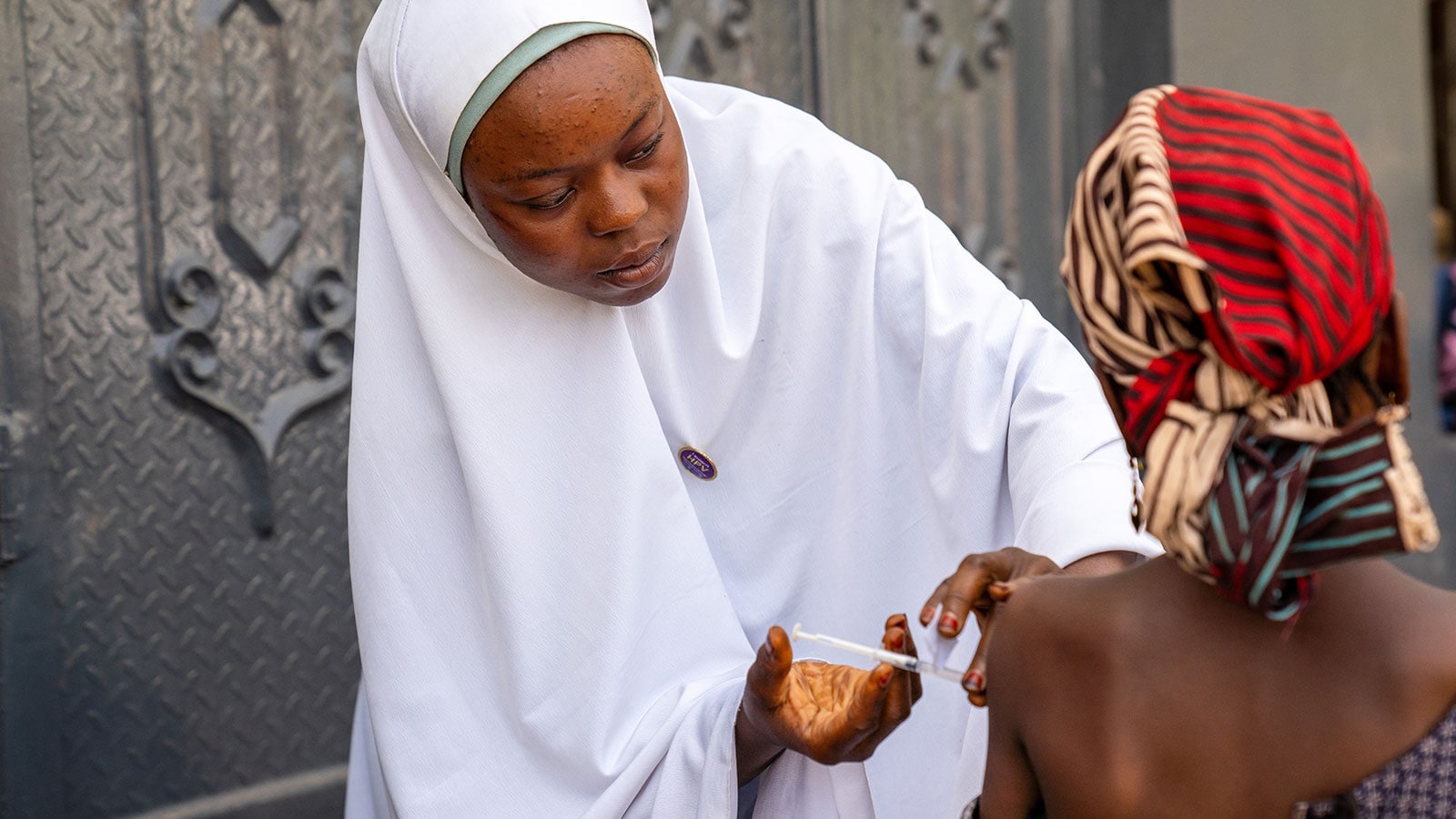Key points
- Human papillomavirus (HPV) is a vaccine-preventable infection that can lead to cervical cancer and other cancers
- Cervical cancer claims the lives of more than 340,000 women globally each year and is the 4th most common cancer among women worldwide
- Increasing HPV vaccine coverage in girls will prevent more deaths per person vaccinated than any other immunization activity, according to estimates
Why it's an issue
Human Papillomavirus (HPV) is an infection that can lead to cervical cancer. This common female cancer claims the lives of more than 340,000 women worldwide every year.

CDC works with partners to help protect those most at risk from cervical cancer. Vaccination at ages 9-14 is an effective way to prevent HPV infection, cervical cancer, and other HPV-related cancers.
Facts
More than 32% (64 out of 195) of the world's countries do not include HPV vaccination in their national immunization programs.
Prevention
The Cervical Cancer Elimination Initiative calls for vaccinating 90% of girls worldwide by age 15, as well as setting targets for screening and treatment.
In addition to preventing cervical cancer, the HPV vaccine has other benefits, including preventing genital warts and other forms of cancer caused by HPV.
What CDC is doing
Without changes to prevention and control, annual cervical cancer deaths may rise to over 400,000 by the year 2030. CDC works with partners to increase HPV vaccination coverage to protect women around the world from cervical cancer.
CDC supports:
- Developing evidence-based HPV vaccination policy and guidelines
- Sharing best practices, such as multi-country, peer-to-peer HPV learning workshops
- Equipping country programs and decision-making bodies with information on HPV program sustainability, feasibility, impact, and cost
- Conducting operational HPV research and improving understanding among key stakeholders
- Evaluating HPV programs, like the national HPV vaccination programs in Zimbabwe, Senegal, and Tanzania
